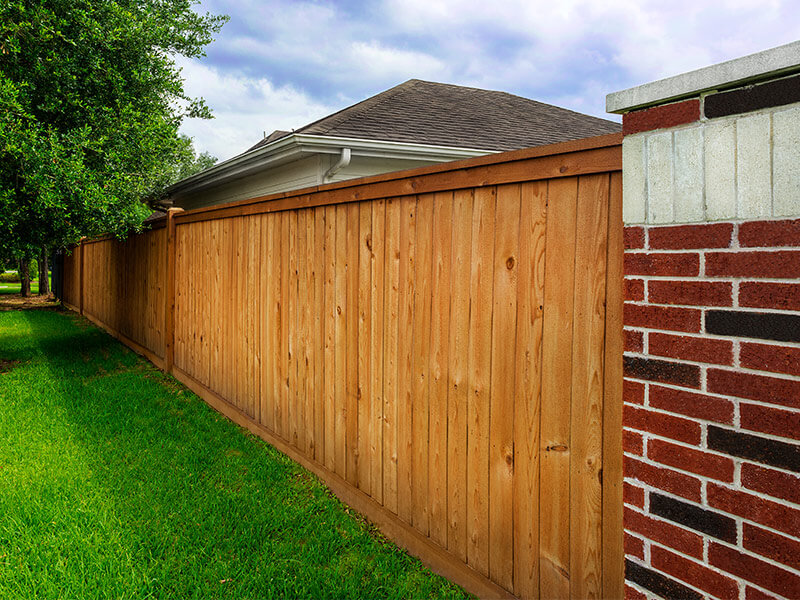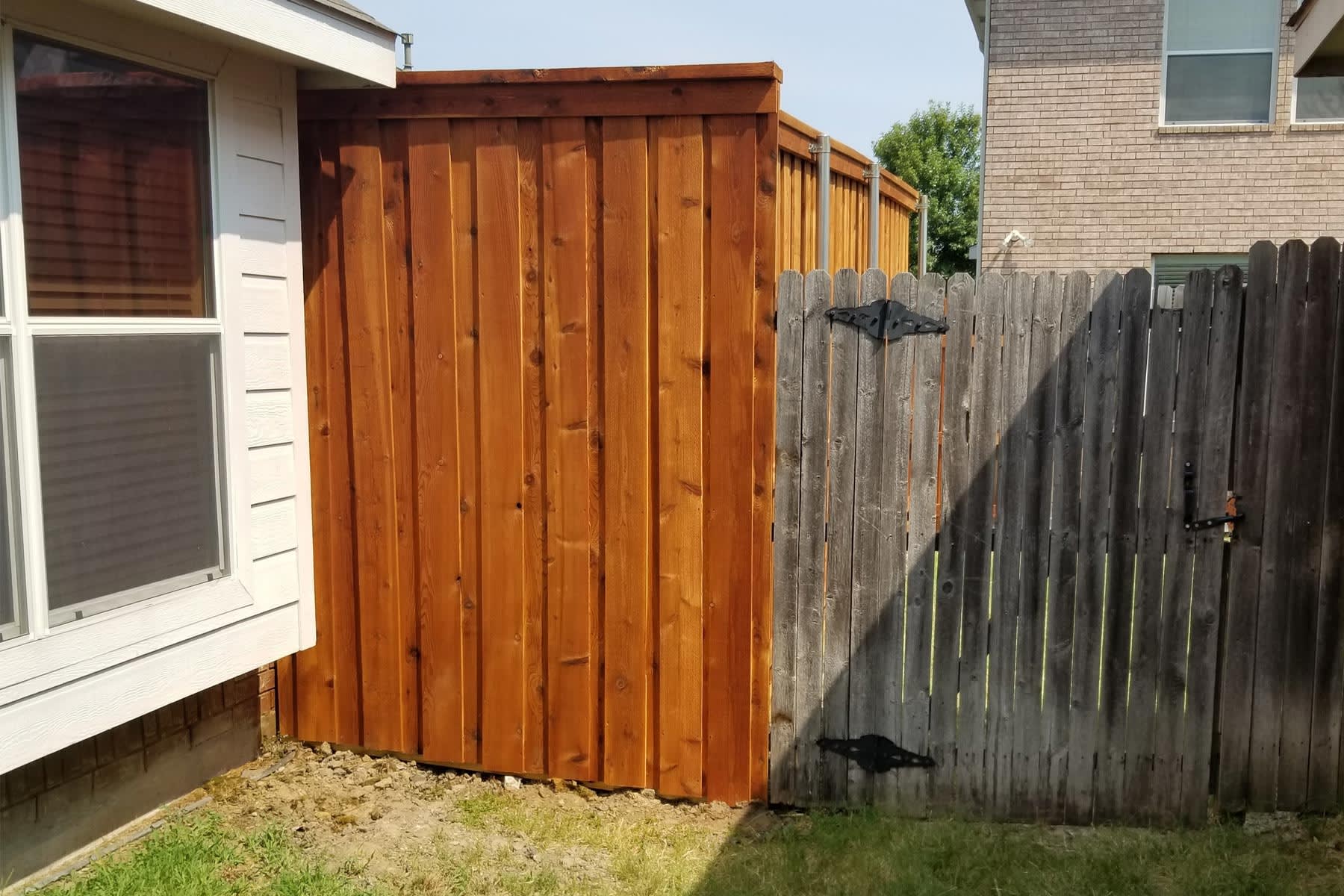Important Tips for Deck Discoloration Success
Accomplishing a faultlessly discolored deck calls for more than just a brush and a canister of stain. From picking the best kind of stain to mastering the art of application, each phase plays a critical role in the last result.
Picking the Right Spot
Picking the proper discolor is vital in attaining a sturdy and visually pleasing surface for your deck. fence staining near me. When picking a stain for your deck, it is important to take into consideration factors such as the timber kind, preferred shade, level of protection needed, and maintenance preferences
First of all, think about the sort of wood your deck is made from, as different wood types may respond differently to certain types of spots. Woods like oak or mahogany may require various stains compared to softwoods like yearn or cedar. Understanding the qualities of the timber will certainly assist you choose a tarnish that penetrates properly and improves its natural beauty.
Next, assume about the color you want for your deck. Discolorations can be found in a range of tones, from all-natural tones that enhance the wood's grain to more opaque shades that provide better UV protection. Select a shade that enhances your exterior space and matches your visual preferences.
Furthermore, analyze the degree of security the tarnish offers. Some spots provide a lot more considerable security against UV rays, dampness, and mildew, which can lengthen the life of your deck. Balancing defense with appearances is essential to accomplishing a aesthetically enticing and lasting surface.
Preparing the Deck Surface Area
To make certain a successful application of the chosen discolor, complete prep work of the deck surface area is necessary. Make use of a deck cleaner or timber brightener along with a stiff-bristled brush to scrub the surface area clean.
Change or fix these as needed to guarantee the structural honesty of the deck. This action not only assists the tarnish adhere much better but likewise enhances the general look of the deck.
Using the Spot Appropriately

When applying the tarnish, use a paintbrush, roller, or sprayer , depending on the kind of discolor and the dimension of the deck. Apply the discolor in the instructions of the wood grain to guarantee also coverage and a specialist coating.
If a second coat is needed,Allow the first layer to dry totally before determining. Adhere to the manufacturer's instructions relating to drying times and reapplication. Correct application of the stain is essential for securing your deck and enhancing its look for several years to come.
Maintaining Your Tainted Deck
After effectively using the tarnish to your deck, preserving its look and protective top qualities is essential for long-term resilience and visual allure. Routine upkeep is key to preserving the beauty and stability of your stained deck. To maintain your deck looking its best, it is recommended to clean it a minimum of annually. Make use of a moderate detergent and water to remove dust, crud, and mildew that can collect externally. fence c Furthermore, evaluate your deck annually for any kind of indicators of wear or damages. Addressing issues quickly can prevent them from intensifying and prolong the life of your discolored deck. Depending upon the foot website traffic and direct exposure to the elements, you may require to reapply a fresh coat of stain every 2-4 years. This will aid maintain the color and protective coating of your deck, making certain that it proceeds to boost your outdoor room for several years to come.

Troubleshooting Common Issues
Recognizing and dealing with common problems that might emerge with your tarnished deck is essential for ensuring its longevity and ideal performance. One common problem is flaking or peeling off of the stain. This can take place as a result of poor attachment created by insufficient surface area prep work or applying the stain in undesirable weather. To treat this, the affected areas require to be removed, sanded, and appropriately re-stained following supplier standards.
Another issue typically experienced is mold and mildew and mildew development on the deck surface. This can pop over to this web-site be associated to moisture retention, absence of sunlight, or incorrect ventilation. To tackle this trouble, a complete cleansing with a mold and mold eliminator complied with by correct drying and application of a mold-resistant discolor is vital.
Moreover, fading of the tarnish color gradually is a widespread worry. UV exposure and rough climate can trigger staining. To address this, selecting a high-grade, UV-resistant tarnish and applying a fresh coat occasionally can help preserve the deck's aesthetic appeal.

Verdict
In conclusion, effective deck staining requires choosing the ideal stain, properly preparing the deck surface area, applying the stain appropriately, and keeping the tarnished deck. By complying with these necessary pointers, you can attain a perfectly discolored deck that improves the overall look of your exterior area. Keep in mind to fix any common problems that may occur throughout the discoloration procedure to ensure a visually appealing and durable result.
Attaining a why not check here flawlessly tarnished deck needs even more than just a brush and a can of tarnish.To make certain a successful application of the selected stain, detailed prep work of the deck surface area is crucial. When applying the stain, use a sprayer, roller, or paintbrush, depending on the type of discolor and the size of the deck.Recognizing and attending to common problems that may develop with your stained deck is essential for guaranteeing its longevity and optimum efficiency.In final thought, successful deck staining requires picking the ideal stain, effectively preparing the deck surface, applying the discolor correctly, and maintaining the tarnished deck.